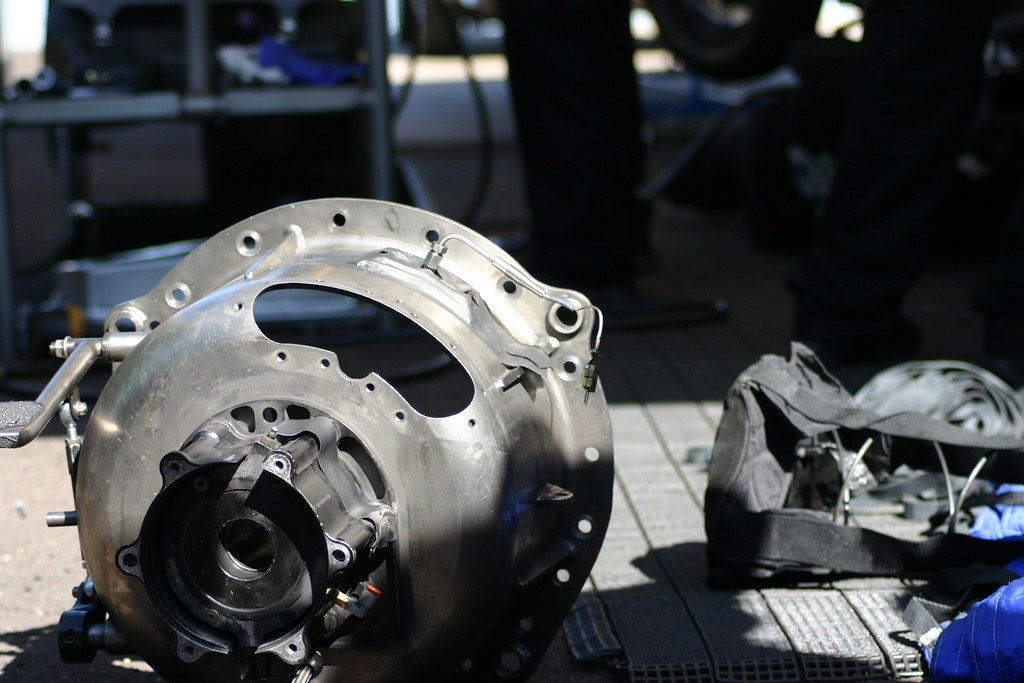As a car enthusiast or beginner, it’s important to have a basic understanding of your vehicle’s components to effectively diagnose and resolve issues. One critical component in an automatic transmission is the torque converter clutch solenoid. In this article, we will explore what a torque converter clutch solenoid is, its function, common symptoms of issues, and how to troubleshoot and fix them.
What is a Torque Converter Clutch Solenoid?
The torque converter clutch solenoid is an electrical device located inside the transmission. Its primary function is to control the flow of transmission fluid to engage or disengage the torque converter clutch. The torque converter clutch connects the engine to the transmission, allowing for direct power transfer and enhancing transmission efficiency and performance.
Common Symptoms of Torque Converter Clutch Solenoid Issues
- Erratic Shifting: If you experience rough or delayed gear shifts or notice your car switching to neutral unexpectedly, it may indicate a problem with the torque converter clutch solenoid.
- Stuck in Neutral or Delayed Shifting: When the solenoid malfunctions or if there is contaminated fluid present, the transmission may fail to shift gears automatically, leading to a stuck or delayed shifting sensation.
- Fail-Safe or Limp Mode: A defective solenoid can trigger the transmission to enter fail-safe or limp mode, restricting the vehicle to second or third gear only. This mode is designed to protect the transmission from further damage but limits speed and performance.
- No Check Engine Light: Professional transmission scans can diagnose solenoid failures even when the check engine light is not illuminated. These scans reveal Diagnostic Trouble Codes (DTCs) related to the transmission electrical system.
Differentiating Torque Converter Clutch Solenoid and Transmission Issues
- Diagnostics and Repairs: Repairing a faulty torque converter clutch solenoid is generally less expensive than fixing the entire transmission. However, neglecting a failing solenoid can lead to damage to the transmission, requiring more costly repairs or replacement.
- Overlapping Symptoms: Symptoms of a bad torque converter clutch solenoid and a faulty transmission can be similar, requiring professional diagnosis. Avoid prematurely replacing the transmission without ruling out solenoid-related issues.
- Proactive Measures: Addressing torque converter clutch solenoid or transmission issues promptly can prevent further damage. Regular maintenance and proactive troubleshooting help ensure the longevity of the transmission system.
Understanding Torque Converter Clutch Solenoid Error Codes
When diagnosing torque converter clutch solenoid issues, error codes play a crucial role. Here are some common OBD codes related to the solenoid, their meanings, and possible causes:
- P0740: TCC Solenoid Circuit Malfunction.
- P0741: TCC Solenoid Performance/Stuck Off.
- P0742: TCC Solenoid Stuck On.
- P0743: TCC Solenoid Electrical Issue.
- P0744: TCC Solenoid Circuit Intermittent.
These codes help pinpoint the source of the problem, allowing for accurate diagnosis and repair.
Troubleshooting and Fixing Torque Converter Clutch Solenoid Issues
- Diagnostic Tools: Use a scan tool to retrieve error codes and pinpoint the solenoid issue. Professional transmission scans can provide detailed information.
- Replacing the Solenoid: To replace a faulty torque converter clutch solenoid, the transmission and torque converter may need to be removed. It’s crucial to replace all solenoids simultaneously if multiple failures are detected.
- Professional Assistance: While some repairs can be done independently, it is recommended to consult a professional for solenoid replacement to avoid further damage.
- Importance of Timely Repair: Ignoring torque converter clutch solenoid issues can lead to extensive transmission damage, decreased performance, and compromised fuel efficiency.
Conclusion:
Understanding the torque converter clutch solenoid’s role in your vehicle’s transmission is crucial for diagnosing and resolving issues effectively. By recognizing the common symptoms, interpreting error codes, and taking appropriate measures, you can ensure the longevity and optimal performance of your car’s transmission system.

